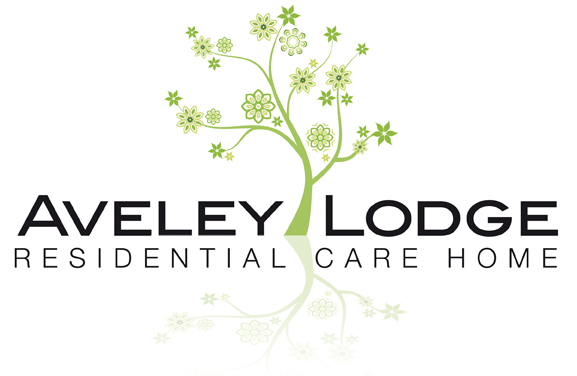Do you know what Dysphagia is?
Although it can affect people of all ages Dysphagia is often found in the elderly, often because they have suffered acute or chronic illnesses such as stroke, dementia, and respiratory diseases.
Another cause can be gastro-oesophageal reflux disease (GORD) – where stomach acid leaks back up into the oesophagus
Dysphagia is the medical term for having difficulty in swallowing. Some people with Dysphagia have problems swallowing certain foods or liquids, while others can’t swallow at all.
Age-related changes can affect head and neck anatomy and physiology, increasing the risk of dysphagia. These include tongue pressure changes, slower swallowing, increased airway penetration, sensory changes, and oesophageal motility changes.
Symptoms include weight loss, repeated chest infections and sometimes pneumonia, and the clues that a person is suffering from the condition include:
- coughing or choking when eating or drinking
- bringing food back up, sometimes through the nose
- a sensation that food is stuck in your throat or chest
- persistent drooling of saliva
- being unable to chew food properly
- a ‘gurgly’ wet sounding voice when eating or drinking
Careful management may improve the condition although it cannot always be cured. However, if someone has been experiencing the condition for some time it may have led to them avoiding eating or drinking, which in the longer term can lead to malnutrition and dehydration.
Treatments for Dysphagia include speech and language therapy to learn new swallowing techniques, changing the consistency of food and liquids to make them safer to swallow, other forms of feeding -such as tube feeding through the nose or stomach – or surgery to widen the oesophagus, by stretching it or inserting a plastic or metal tube (stent).
While tube feeding may be a practical solution when the sufferer is in hospital it should only be undertaken after some consideration has been given to the future, for example if the person is expected to eventually transfer back to their home with some community care, or perhaps into residential care.



